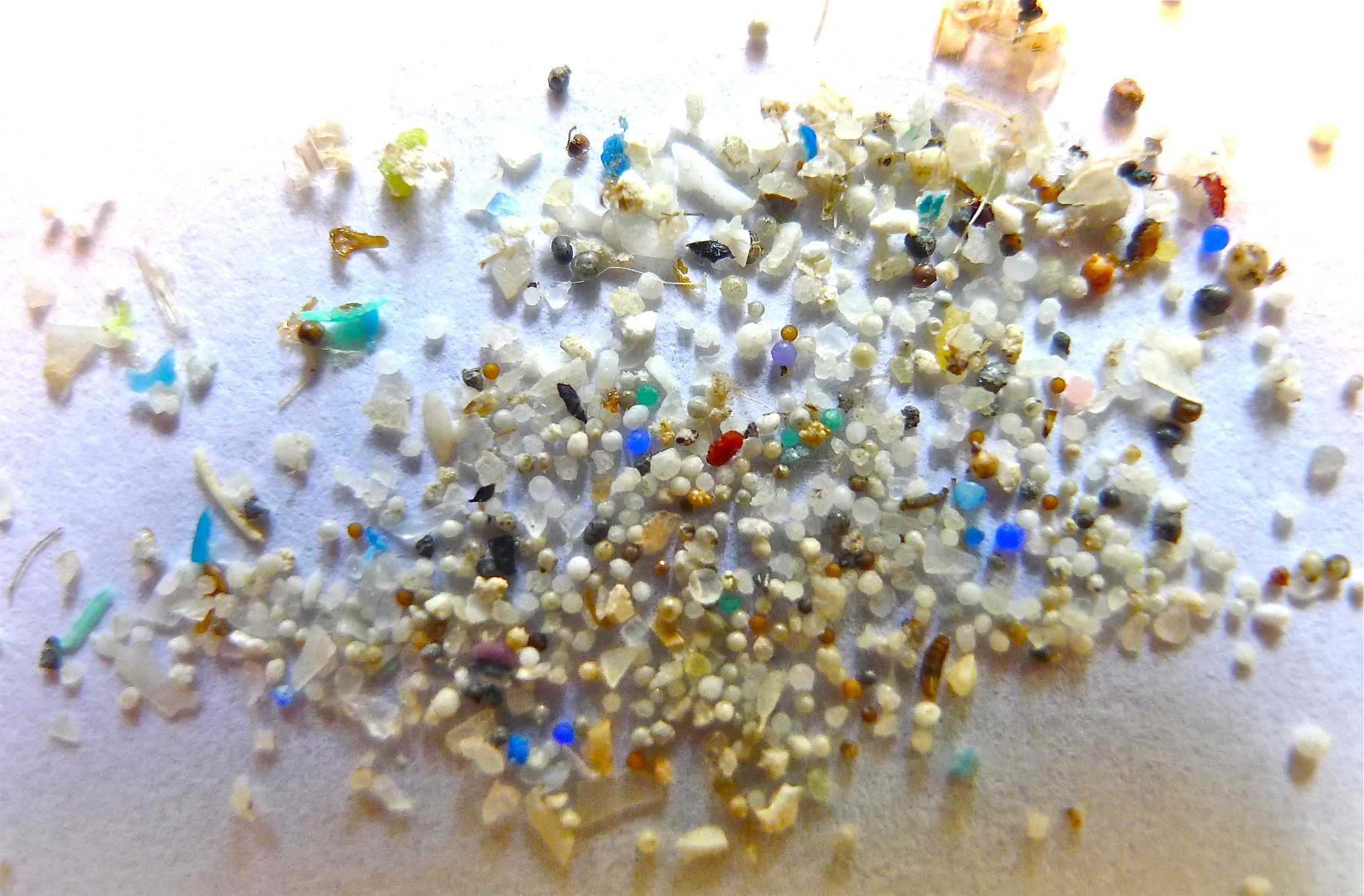Microplastics Widespread in the Seafood We Eat, Study Finds
Source: GreekReporter.com

Microplastics are rampant in our seafood, according to a new study by scientists at Portland State University (PSU),
The Applied Sciences Ecology Lab team studied nine species of fish in the Oregon area and found that 99 percent of the samples tested contained microplastics. Pink shrimp show the highest contamination levels. The microplastics came from varying sources, mostly clothing items and tackle box gear such as fishing lines and lures.
“If we are disposing of and utilizing products that release microplastics, those microplastics make their way into the environment, and are taken up by things we eat,” study author and PSU environmental scientist Professor Elise Granek said in a statement. “What we put out into the environment ends up back on our plates.”
Microplastics in our seafood dishes
Microplastics are classified as plastics smaller than 0.2 inches in length. These tiny particles gradually disintegrate from larger plastic items, progressively accumulating in areas where plastics are discarded. Numerous studies have documented the detrimental effects of microplastic consumption. They are linked to serious health issues such as cancer and hormone disruption.
Recent research from PSU aligns with the longstanding discovery trend concerning the effects of plastic pollution. This study specifically examines the US West Coast, yet scientists indicate that similar conditions are present throughout the US and globally.
Out of 182 samples tested, the team confirmed that 180 of the specimens were polluted with not only microplastics but anthropogenic particles in general. Anthropogenic particles, which are human-made particulates, are released into the environment from products created by humans. The study identified 1,806 of these particles present in all the fish examined.
According to the study, smaller fish contain more microplastics than larger ones. The team hypothesizes that this could be because most of the smaller creatures are filter feeders, and they have seen that pattern in other research.
“We found that the smaller organisms that we sampled seem to be ingesting more anthropogenic, non-nutritious particles,” said Granek. “Shrimp and small fish, like herring, are eating smaller food items like zooplankton. Other studies have found high concentrations of plastics in the area in which zooplankton accumulate, and these anthropogenic particles may resemble zooplankton and thus be taken up for animals that feed on zooplankton.”
The scientists made another peculiar discovery. Results show fish tested from the supermarket had more microplastics than fish caught straight out of the boat. The find suggests that the longer it takes for the fish to hit the shelf, the more particulates it contains. It also suggests that most contaminants stay in the fish’s edible meat.
“It’s very concerning that microfibers appear to move from the gut into other tissues such as muscle,” study author and Oregon State University ecotoxicologist Associate Professor Susanne Brander said. “This has wide implications for other organisms, potentially including humans too.”
The original article: belongs to GreekReporter.com .
